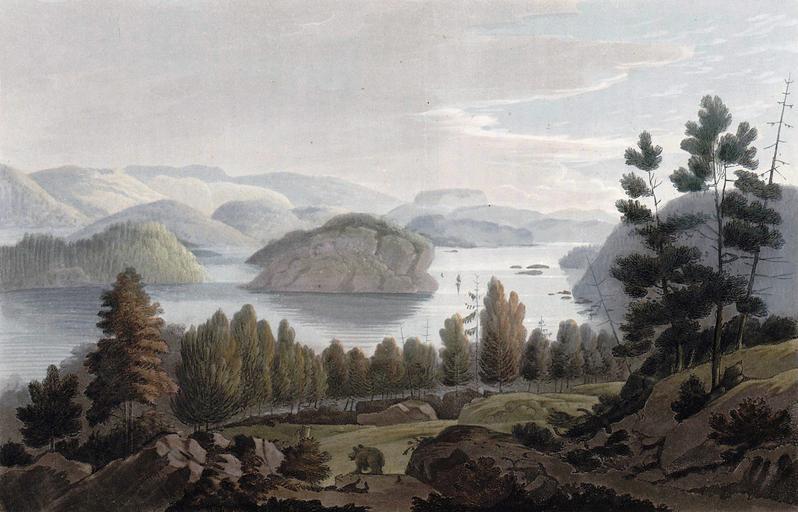MAKE A MEME
View Large Image

| View Original: | Sinly_Lake_(JW_Edy_plate_15).jpg (2295x1472) | |||
| Download: | Original | Medium | Small | Thumb |
| Courtesy of: | commons.wikimedia.org | More Like This | ||
| Keywords: Sinly Lake (JW Edy plate 15).jpg Artwork Creator John William Edy en Sinly Lake No XV VIEW OF LAKE SINLI This is one of the most beautiful lakes in Norway It contains a number of floating islands which perpetually shift their stations with strong winds They appear like a raft composed of trees of different sizes and lying in every direction firmly entangled together by their branches and roots as well as some long rank grass The age of these islands is unknown and it is impossible to advance any decided opinion relative to their formation leprosy bore a resemblance to the Elephantiasis of the Egyptians which appears to be like the sivens The sivens is said to have been introduced into Norway by foreign seamen and to originate in lues venerea Being propagated through generations and combined with scabies maligna et ulcera scorbutica it is difficult to be cured and still more difficult to be extirpated more particularly while the common people persist in an inordinate use of sour and salt victuals accompanied with immoderate libations of gin The progress of the sivens is likewise greatly promoted by the filthiness of the inhahitants in their linen clothes and dwellings and by their culpability in concealing the disease which might easily admit of a cure if proper remedies were instantly adopted the sivens is by some asserted to be peculiar to Norway; but be that as it may it is a most dreadful disorder and demands all the care and vigilance which can possibly be exercised Government has lately directed Professor Horn of Tonsberg to apply his sole attention to the extermination of the sivens and his exertions have been attended with great success That able and learned physician Dr I Moeller of Porsgrund in Norway gives the following account of the Radesyge in answer to some queries of Professor Hensler of Kiel I have never had an opportunity of seeing or examining the disease called Spedalskhed leprosy which only occurs in the province of Bergen but I have read a manuscript account of it by Dr Buechner There are in fact two diseases the Radesyge and Spedalskhed which seem to differ only in degree For our Radesyge is seldom so severe that it can be considered as a species of lepra but it rather approaches to the lepra græcorum lepra herpetica or impetigo auctorum than to the lepra arabum As the old word rade means malignant we have many affections which occur in all countries and are here called Radesyge In general indeed all diseases of the skin which are somewhat obstinate all ill-conditioned sores and eruptions get this title But what has rendered our Radesyge so celebrated is in my opinion that it is always complicated with scurvy or is in reality a species of scurvy for the production of which our climate is very favourable and because it is therefore always difficult to cure Collapse bottom http //urn nb no/URN NBN no-nb_digibok_2011072910001 Boydell's picturesque scenery of Norway London 1820 Plate no 15 p 117 in scanned copy no-nb_digibok_2011072910001 PD-Art-100 John William Edy Boydell's picturesque scenery of Norway Lakes of Aust-Agder Culture of Grimstad Nature in art of Norway Landscape paintings of Norway | ||||